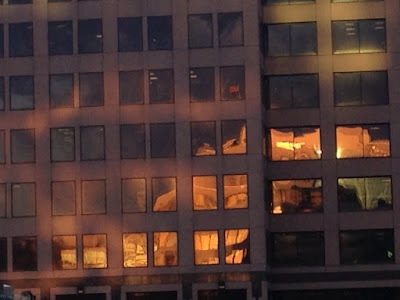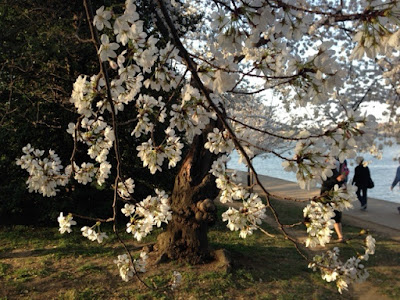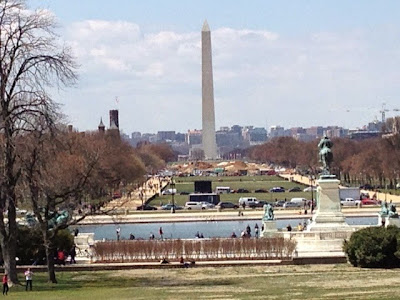Walk West
For me, most days, the trip home begins with a walk west. Yesterday it was a walk into wind and sun. Both specialties of the season. One warms the ground; the other lifts seeds aloft and sets them down oh so tenderly a hundred feet away.
Overlooking for now that those seeds have swollen my sinuses, that the wind whipped my hair and the glare made it almost impossible to look where I was going. Still, with all those things, the walk into wind and sun was surprisingly satisfying.
Maybe it’s the freedom. Maybe it’s heading west, always the way to go. Or maybe it’s the trudge factor: putting one foot in front of the other, staying the course, if you will.
And I will. That’s for sure. I will.





